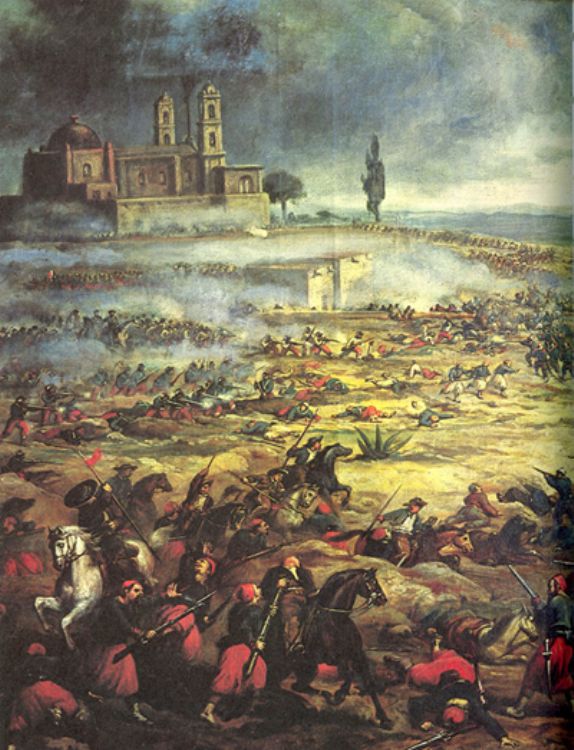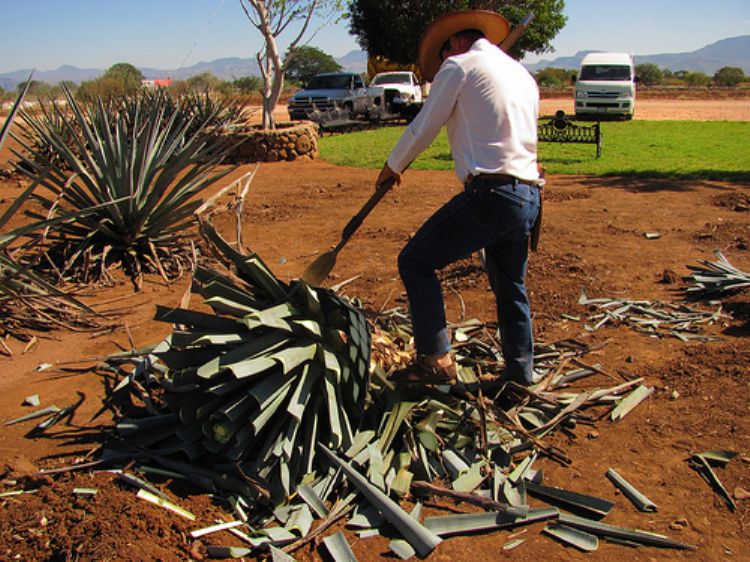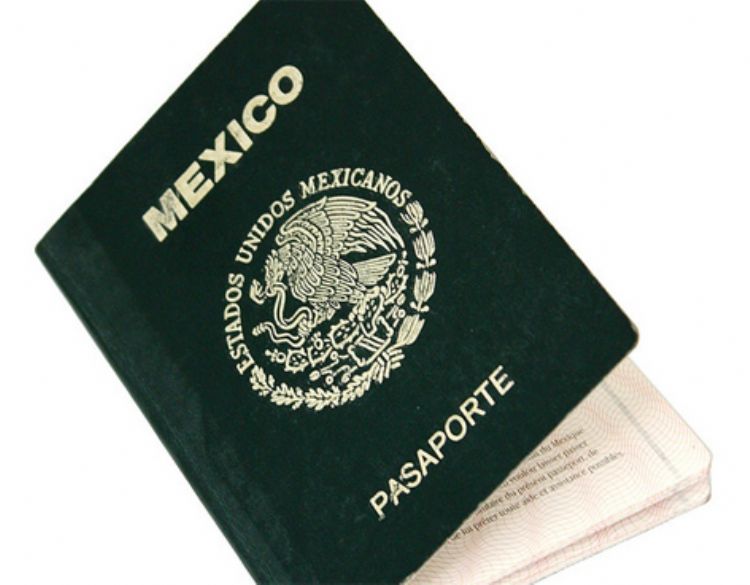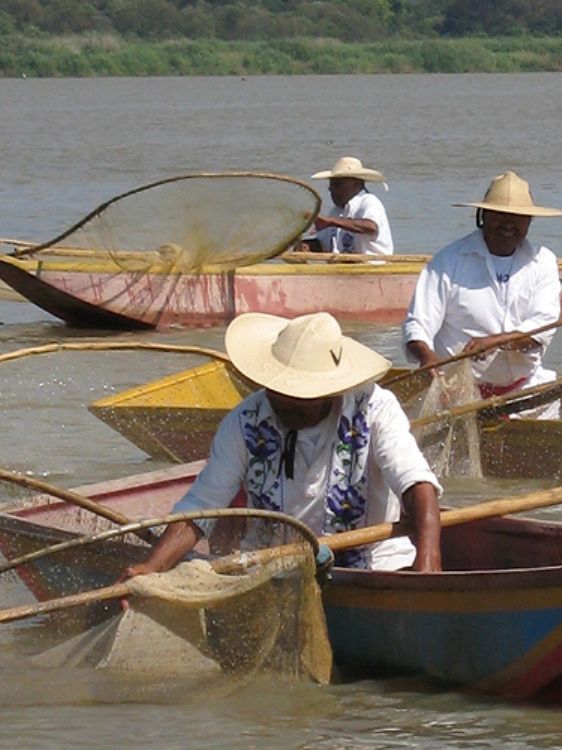
The cessation of analog TV broadcasts is a reality in Mex...

Known as the "Mexican Barn", Sinaloa proudly produces a great variety of products which reach every corner of the nation. The state contains efficient fields, in fact is a national leader in terms of harvest performance, and produces maize, wheat, bean, fruits, potato, zucchini, sugar cane and peppers, among many other crops. Some specialized products are grown as well, such as eitt and kent mango, red tomato, chickpea, corn grain, gherkin, green pepper and dry rye grass. Naturally, the largest industry in the state is that of food processing, with a large exporting capacity that has become an integral part the state.
Other major industries include tobacco and dressmaking, which in fact also concentrate a high percentage of the economically active population. This is why a high concentration of important industries in some states results in a very high population density, as is the case in Culiacan, Guasave and Mazatlan, the latter of which, as a port, has developed immensely, and now stands out nationally in the catch, processing and packing of shrimp, tuna and sardine. Also, the state is home to several aquatic farms growing crocodile, Japanese oyster, shrimp and a few crustacean species.
Regarding statistics, as much as 98% of the industry sector is conformed by small companies; and the state Gross Domestic Product is distributed into the Services sector in the first place with a contribution of 27%, followed by commerce, hotels and restaurants with 20%, and then by the agricultural, fishing and forestry activities at 15%.
The infrastructure found in Sinaloa turns the state into a trade corridor towards the United States and the Pacific Basin, as it offers three international airports, the ports of Mazatlan and Topolobampo, and the railroad network which crosses the state longwise. All this advantages allows the state to compete internationally, as in the case of the grain sector. In the same line regarding competitiveness, the state operates no less than ten hydroelectric and thermoelectric plants, which produce twice the amount of energy the state actually requires, the rest of which can be sold back to the regional or national grids.

The cessation of analog TV broadcasts is a reality in Mex...

The Battle of Puebla took place on the 5th of May 1862 in...

During 2010 we celebrated in México 200 years of I...

One of the best known products that Mexico has given to t...

The Olympic Games of Los Angeles 1932 was the third time ...

Many of us will someday need it to travel, and the first ...

Patron saint celebrations in Mexico date back to the colo...

Jorge Ibargüengoitia; he was born in Guanajuato in 1...
